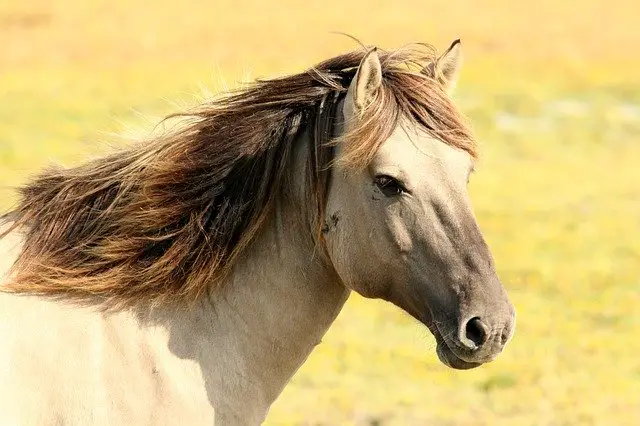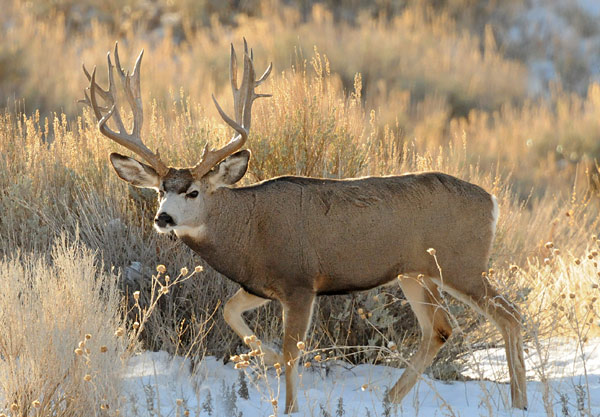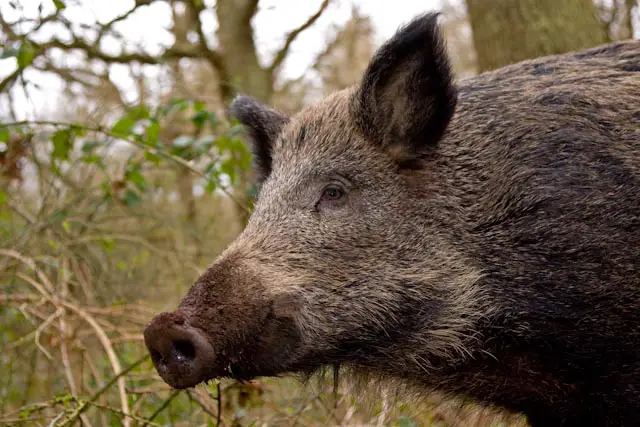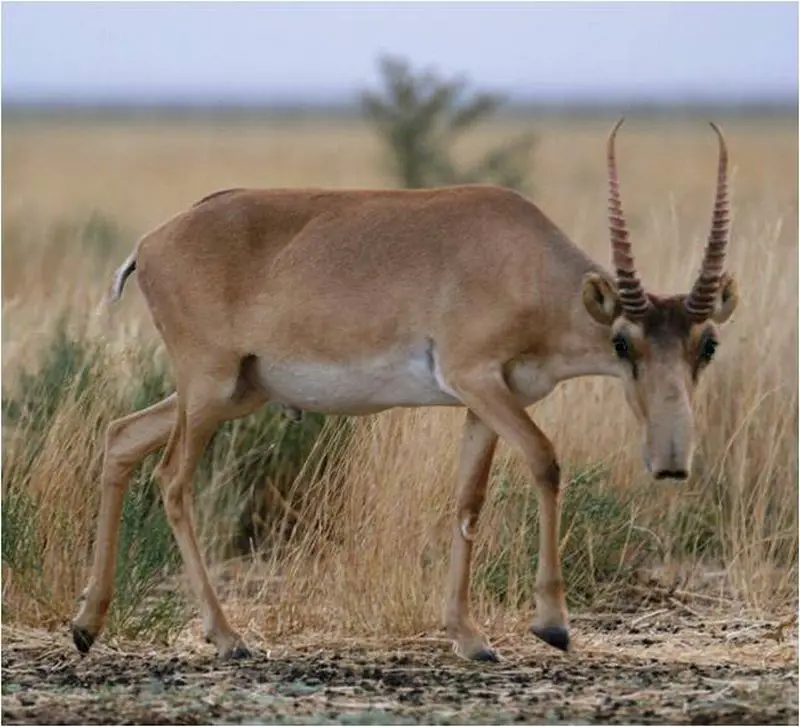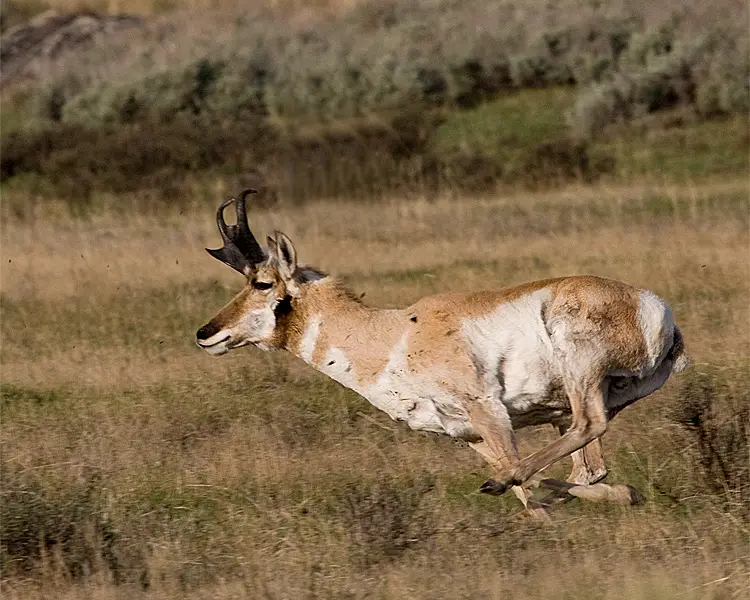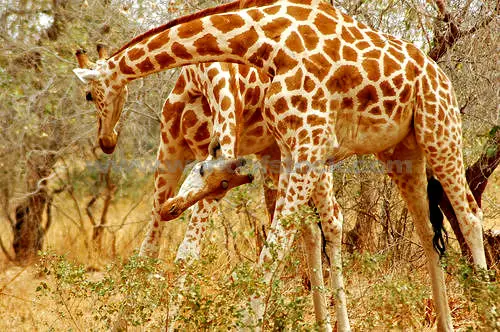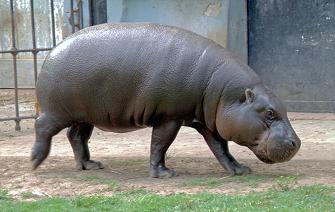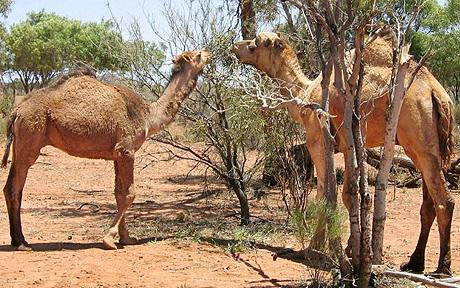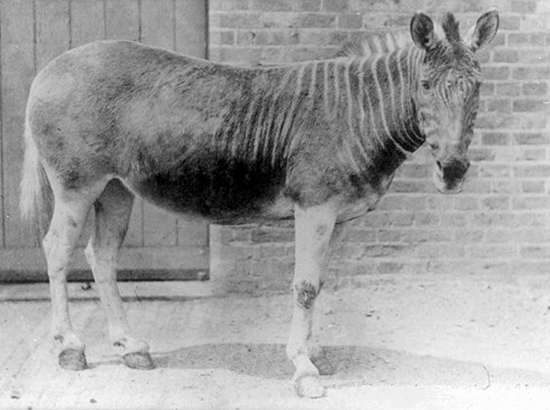Category: Artiodactyla (Even-toed ungulates)
-
First Horse Starter Kit – Equipment That You Need to Ride
Horse riding is an interesting hobby for many people. Apart from visiting a horse farm to have a great experience, some people want to own their own horses. Buying a horse is rarely a challenge like preparing it for the first ride.When choosing the breed of your first horse, consider factors such as size, adaptation…
Written by
-
Mule Deer Facts | Anatomy, Diet, Feeding Behavior
The mule deer (Odocoileus hemionus) is a native medium-size mammal of the western United States. It earns its name because of its unusually large ears which is similar to the mule. The mule deer is likely to be smaller in size than the white-tailed deer. They have acute sense of hearing and eyesight with the…
Written by
-
Wild Boar Facts | Anatomy, Diet, Habitat, Behavior
The wild boar (Sus scrofa) is medium-size native mammal of Africa and Eurasia. Most species of pigs evolve from the wild boars. While humans make the animals redundant in its natural habitats the wild boar is one such animal which is spread with the human intervention. It is also called wild swine or Eurasian wild…
Written by
-
Mountain Goat Facts | Anatomy, Diet, Habitat, Behavior
The mountain goat (Oreamnos americanus) is a North American herbivorous mammal. It finds its homes in alpine and subalpine habitats. Rocky mountain goat is the other name of mountain goat. It is an even-toed ungulate and it belongs to the family Bovidae. The mountain goat is one of the highest living large mammals. Mountain Goat…
Written by
-
Desert Bighorn Sheep Facts | Anatomy, Diet, Habitat, Behavior
The desert bighorn sheep (Ovis canadensis nelsoni) is a bighorn subspecies that is typically found in the deserts of Northwestern Mexico and Southwestern United States. They are thought to go by many days without drinking. The sheep is similar in size to a mule deer. Bighorn sheep are desert animals. The general trend in the…
Written by
-
Saiga Antelope Facts | Anatomy, Diet, Habitat, Behavior
The saiga antelope (Saiga tatarica) is a critically endangered species and it is primarily found on the foothills of the Carpathian Mountains including as far as Beringian in North America. Saigas are typically famous for their puffy noses—a nose that makes the breathing air warm and conserve water. Saiga Antelope Facts Anatomy Adult antelopes stand…
Written by
-
Pronghorn Antelope Facts | Anatomy, Diet, Habitat, Behavior
The pronghorn antelope (Antilocapra americana) is a medium-size mammal that is typically found in the central and western North America. It is not really an antelope but the animal is referred to as the pronghorn antelope. Giraffes and okapi are the closest cousins of pronghorn. It is the fastest of the land mammals in the…
Written by
-
African Giraffe Facts | Anatomy, Diet, Habitat, Behavior
The West African giraffe or Niger giraffe (Giraffa camelopardalis peralta) is typically found in the Sagel areas of West Africa. It is an endangered subspecies of giraffe and is mainly recognized by its light orange spots all over its body and neck. The African giraffe’s population is quickly decreasing partly because of hunting and partly…
Written by
-
Pygmy Hippo Facts | Anatomy, Diet, Habitat, Behavior
The pygmy hippopotamus (Hexaprotodon liberiensis) is one of the smallest hippo species. It is mainly found in the swamps of West Africa. The animal is nocturnal and it seems more like its larger cousin, common hippopotamus. It is believed to spend most of its day near water or stream. Pygmy Hippo Facts Anatomy The…
Written by
-
What Do Giraffes Eat | Giraffes Diet
Giraffes are extremely large ruminants with high shoulders, long necks, slopping backs and two horns. They possess a long prehensile tongue. Giraffes make homes in a variety of habitats such as savanna and forest. They are found in sub-Saharan Africa. They feed the most during the early hours of the day or at dusk. Giraffes…
Written by
-
What Do Deer Eat in the Wild | Deer Diet and Ecology
It might seem difficult to regard deer as browsers or grazers. Even though they are less likely to browse they feed heavily on crops and grasses, deer are nevertheless browsers that are forced to eat crops when browse is not available. However, their most favorite food is acorns, but they will also consume apples, berries,…
Written by
-
What Do Camels Eat in the Desert – Camel Diet
Let us learn some of the significant insights as to what do camels eat in the desert. The ship of the desert, camel (camelidae) is one of the only few mammals which can go by couple of weeks without eating food. The adaptations of a camel allow it to live and survive in extreme climates…
Written by
-
Zebra Facts For Kids | Zebra Diet, Habitat, Behavior, and Characteristics
Being a member of horse family zebra (Equidae) exhibits certain characteristics that are mostly common in donkeys and horses. Like a horse, zebra is a medium-sized herbivore displays slender legs and elongated heads. It is a single-hoofed ungulate largely built for speed and long-distance movement. Some of the zebra species are endangered while few are…
Written by
-
Reindeer Facts For Kids | Top 9
With a magnificent arrangement of its antlers, reindeer facts for kids are really something exciting to know. Commonly known as “Caribou” in North America (not excluding Greenland), “Wild Reindeer” in Siberia and “Reindeer” in all over Europe, this animal lives a long way off in northern regions of Europe, arctic Asia and North America. Typically…
Written by
-
Quaggas Extinction, Appearance and Behavior Facts for Kids
For many centuries the hottest continent, Africa, remained a total mystery for the entire world society, as well as its nature and animal habitat could stay safe. The magnificence and attractiveness of local environment continue to be the main issue Africa can boast of, but, in fact, it has preconditioned aggressive and blatant behavior of…
Written by

